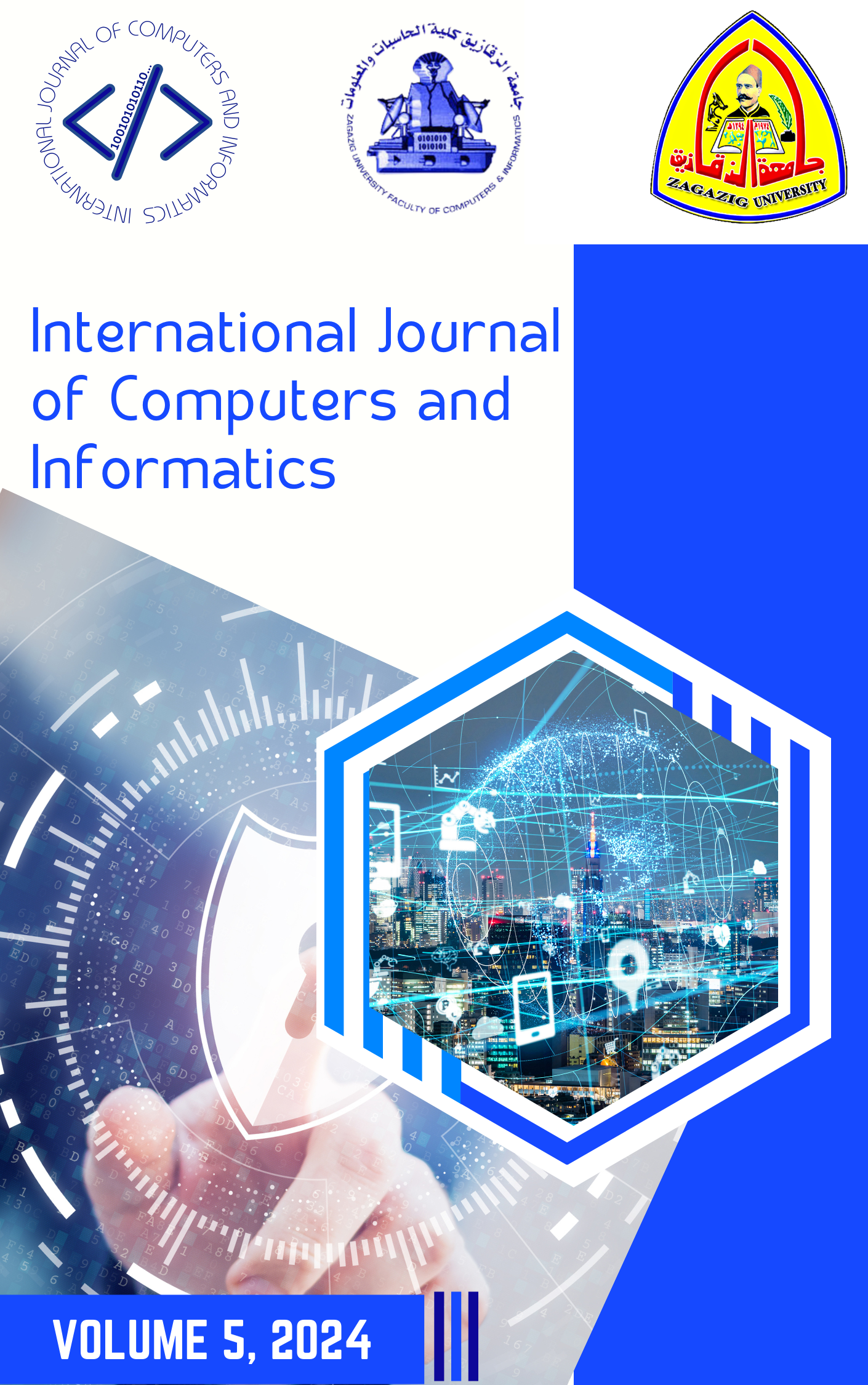Fog Computing-Based Multi-Criteria Decision-Making for Evaluating Traffic Light Control Systems: Ensuring Safety, Efficiency, and Environmental Standards
Keywords:
Traffic Light Control, Fog Computing, MCDM, Opinion Weight Criteria Method, Weighted Sum Product Method, WISPAbstract
Due to increasing mass of automobiles on the road, is making traffic efficiency a global issue. Intelligent traffic signal control is a key component of intelligent transportation systems, which seek to increase traffic efficiency. Several approaches to reduce urban traffic accidents, congestion, and other issues have been put forth by intelligent traffic. It is unable to control the traffic signal cycle in real time to match the flow of traffic, which can further lead to traffic jams that lengthen travel times and increase vehicle range. Also, there are difficulties faced by the intelligent traffic signal management systems e.g. avoiding dense roadside sensors, fending off hostile cars, and preventing single-point failure.To overcome the drawbacks of conventional traffic light control, this research proposes an intelligent fog computing-based traffic light control system. Fog computing offers several benefits for traffic light control systems. It a perfect solution for traffic light control systems that need real-time responses to ensure it meets safety, efficiency, and environmental standards. Thus, unitization fog computing for evaluating traffic light control systems is crucial. Also, utilizing the appropriate system of traffic light control is an obstacle. In turn, this study contributes to constructing innovative decision-making methodology. To achieve the study’s objective, Opinion Weight Criteria Method (OWCM) of Multi-Criteria Decision Making (MCDM) techniques are utilized for weighting criteria. The generated criteria weights are harassing in Weighted Sum Product Method (WISP) for ranking systems and recommending optimal. The utilized techniques of MCDM collaborate with single value Neutrosophic Numbers (SVNs) for supporting decision makers (DMs) in perplexing situations and ambiguity as well as eliminating prejudice. The appraiser model’s findings indicated that A2 was the optimal candidate based on its ranking. In contrast, A4 is the worst one.
Downloads
Downloads
Published
How to Cite
Issue
Section
License
Copyright (c) 2024 International Journal of Computers and Informatics (Zagazig University)

This work is licensed under a Creative Commons Attribution 4.0 International License.

